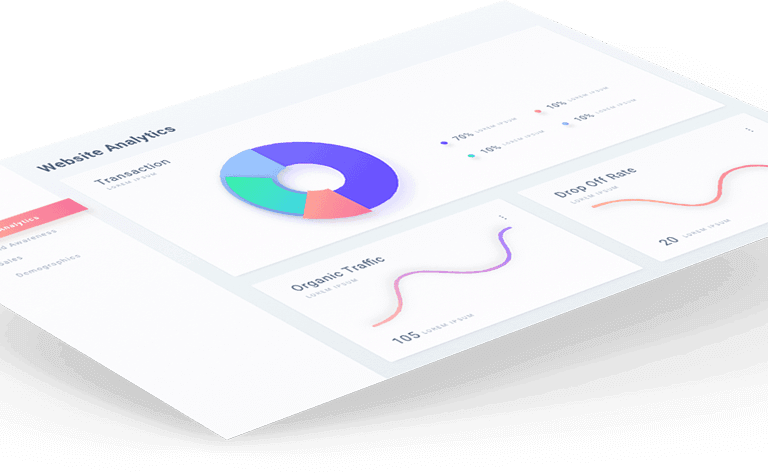When you invest in the world of fleet management and vehicular telematics, a few technical jargons that divest this universe are quintessential to add to your dictionary to learn all the bells and whistles including the industrial terms.
Just to make life easier, this article helps shed light on some of the key topics that can help you understand this industry better.
Fleet Management Software Vs Telematics… The Difference?
“If you are a fleet manager, your responsibilities range from running the fleet efficiently to correct fleet vehicle utilisation, to finding ways to improvise and efficiently boost fleet operations to boost business ROI.”
Let us take a closer into how telematics and fleet management are different entities and how they work together to help a fleet manager perform responsibilities better.

Telematics
A culmination of telecommunications and informatics brought together, telematics helps with the communication and transmission of data between IoT devices. The data transmitted is generally collated from a device(hardware) that is generally installed on a vehicle. The telematics tech pushes the data collected to data servers that process the data received to help fleet managers access it on a device like a computer or a smartphone.
Among the list of data points that are captured and relayed include:
- Asset location
- Vehicle speed
- Engine idling time
- Fuel consumed
- Distance travelled
- & Driver behaviour
In a nutshell, the data points captured might not be easy to interpret due to the manner in which they are processed and reproduced and this is when fleet management software comes into play to make this data usable.
Fleet management software
When the data is received through key data relay points by an in-vehicular telematics system, the fleet management software system helps in rendering this data usable and comprehensible for an end-user.
The software converts the data received into a statistical module, shaping it into automated reports and onboard vehicle insights that help a fleet manager take decisions to boost fleet vehicle efficiency and productivity.
A fleet management software can be better utilised by storing data records that include:
- Vehicle specifications
- Service logs
- Fleet operational expenses
- Vehicle maintenance schedules
- & Driver compliance
The software stores all this data which can be accessed and utilised by a fleet manager through an analytical dashboard that can be easily accessed through a desktop or a smartphone.
How Telematics & Fleet Management Software Work Together
- Telematics relays the in-vehicle data captured directly onto the IoT enabled device
- The fleet management software breaks down the data relayed to generate statistics and customised data reports
- The final data output generated can be easily accessed by a fleet manager using a smartphone or an IoT enabled device like a computer to gain better visibility and clarity about the managed fleet vehicles.
More Terms To Know
OEM
Original equipment manufacturer refers to a company or companies that manufacture vehicles or equipment intended/meant for vehicles.
EWD
Electronic work diaries are IoT enabled devices that automatically log work/driving/on the job hours.
GPS Tracking
GPS tracking helps track a vehicle’s location in real-time with active location alerts relayed based on desired time intervals.
Dash Cams
Dashcams, also known as dash cameras, offer onboard vehicle video footage to provide driver feedback. The camera may be single-channel or dual-channel based on purpose and usage.
Geofencing
A location-based service in which the assigned software collates data acquired from a GPS device, an RFID tag and triggers an appropriate response when an asset either enters or leaves a demarked zone of isolation
Odometer
An instrument or gauge that measures the distance travelled by a vehicle
With Linxio, maintaining your fleet vehicles is easier through our future-ready telematics solutions that offer real-time vehicle tracking, geofencing alerts and notifications, digitised logbooks and better driver communication.





